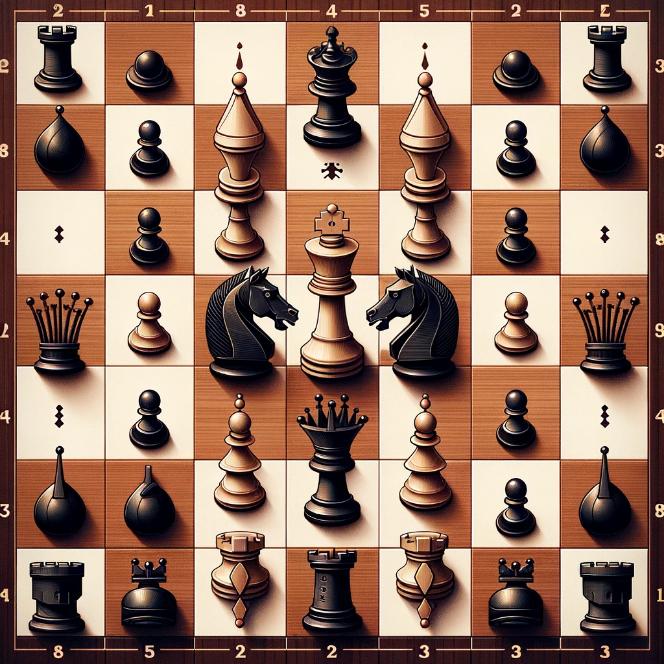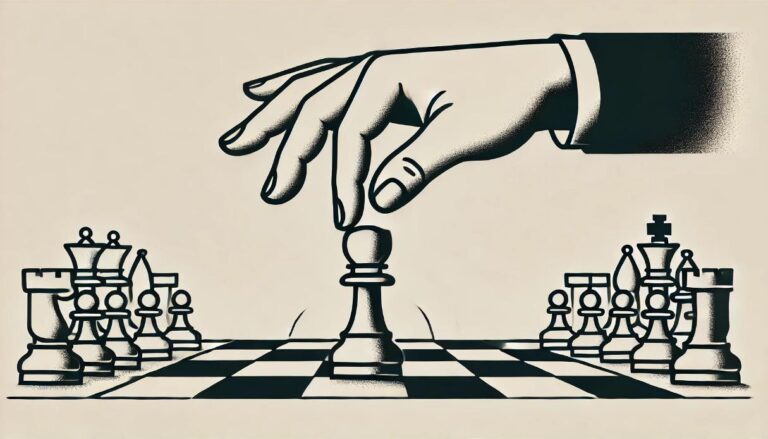Section 1: Understanding Hanging Pawns
Hanging pawns are a unique pawn structure that occurs when two or more pawns are positioned side by side on an open file. These pawns are not supported by any other pawns and are vulnerable to attack from enemy pieces. Hanging pawns can be a double-edged sword in chess, offering strategic opportunities but also posing risks to the player who possesses them.
Section 2: The Pros and Cons of Hanging Pawns
As mentioned earlier, hanging pawns have both advantages and disadvantages. Let´s take a closer look at each of them.
1. Control of crucial squares: Hanging pawns can control important squares on the board, such as the center and the enemy´s side of the board. This gives the player an advantage in terms of controlling the board´s space and restricting their opponent´s movements.
3. Flexibility: Hanging pawns can be moved forward or backward, depending on the needs of the position. This gives the player flexibility in their gameplay and allows them to adapt to changing circumstances.
1. Vulnerability: Hanging pawns are not supported by any other pawns, making them vulnerable to attack. If the opponent manages to exchange or capture one of the pawns, it can create weaknesses in the player´s position.
3. Isolation: If the player has multiple hanging pawns, they can become isolated from the rest of their pawns, making it difficult to create a cohesive pawn structure. This can also make the pawns more vulnerable to attacks.
Section 3: When to Create Hanging Pawns
Creating hanging pawns should be a strategic decision, as it can have a significant impact on the game. Some situations where creating hanging pawns would be beneficial are:
2. Attacking chances: When the position calls for an attack, hanging pawns can be used to create an aggressive front and put pressure on the opponent. This can lead to a breakthrough and potential victory for the player.
Section 4: How to Defend Against Hanging Pawns
Defending against hanging pawns can be a tricky task, but there are a few strategies that can be employed:
2. Blockade: By placing a piece in front of the hanging pawns, the player can block their advance and restrict their potential for attack. This can also create a target for the player to attack.
Section 5: Mastering the Use of Hanging Pawns
To effectively utilize hanging pawns, a player must have a good understanding of positional play, as well as a strong grasp on tactics and attacking strategies. They must also be able to accurately assess the risks and benefits of creating hanging pawns in a particular position.
Overall, hanging pawns are a powerful tool in a player´s arsenal, but they must be used strategically and with caution. By understanding the concept of hanging pawns and knowing when to create them, defend against them, or exchange them, a player can become a master of this unique and complex concept.






